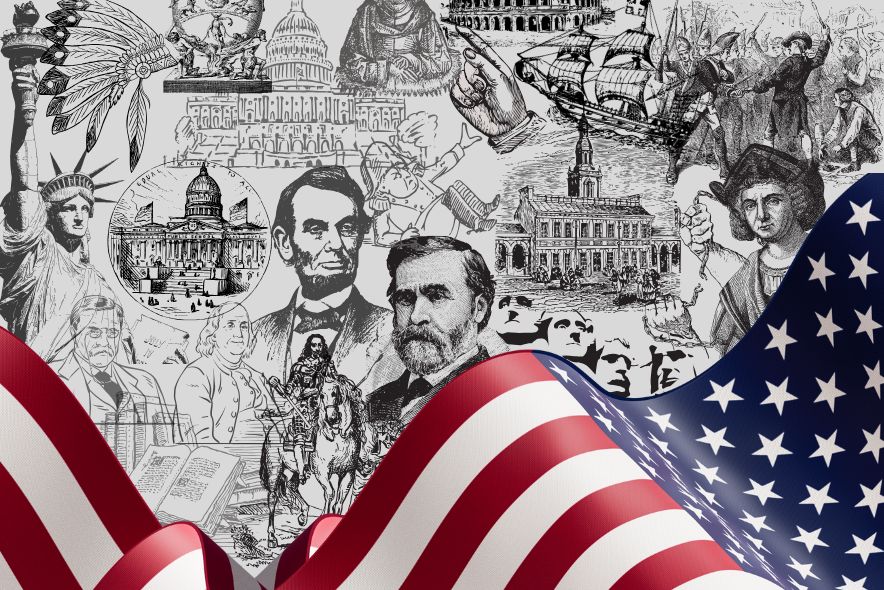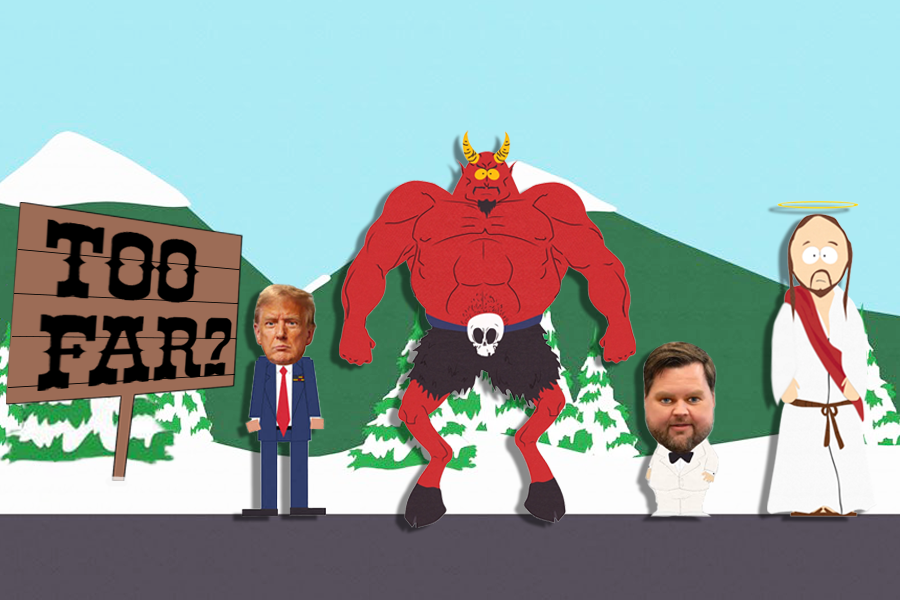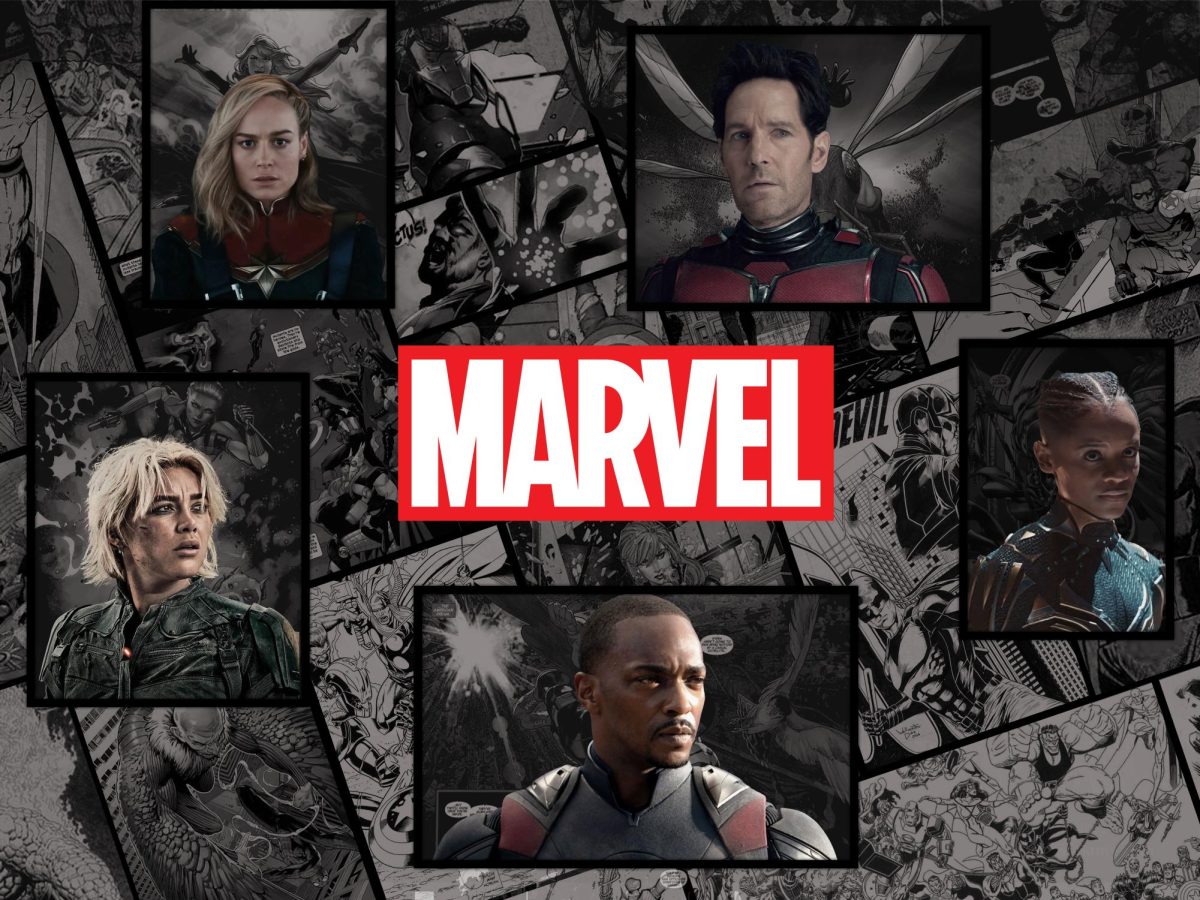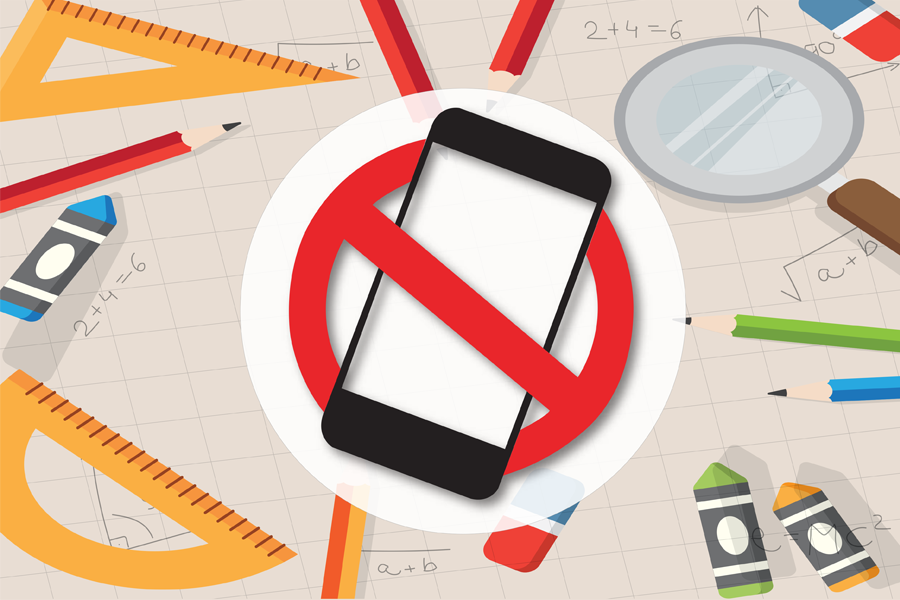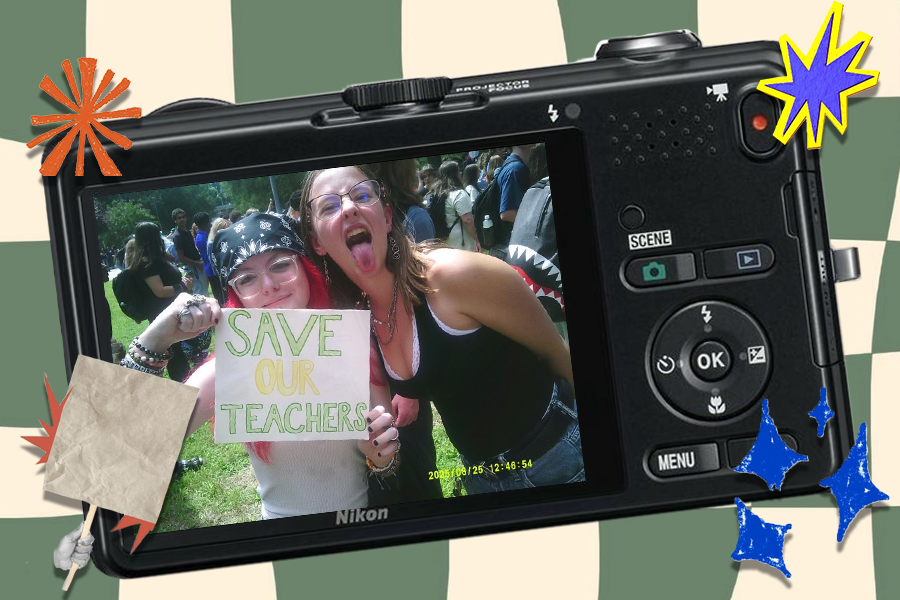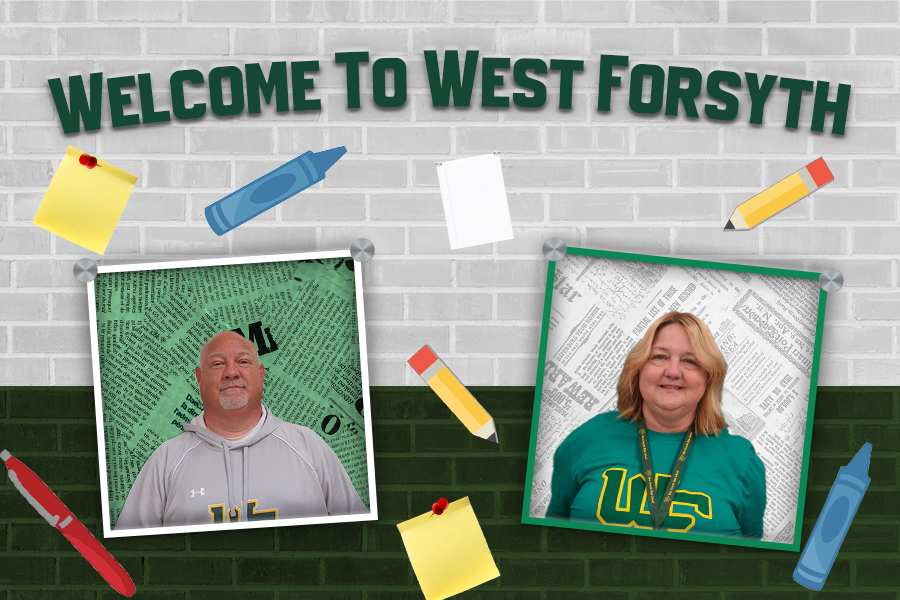Has it ever seemed like public schools’ standard history classes solely center around America’s heroism and monumental achievements? That’s because it does. Indoctrinating selective teachings in American school curriculums has increased both interest and concern among many. Historical education shapes how we understand the past and how we’ll choose to shape the future. These lessons enable students with the abilities to recognize and learn from our mistakes so that we can create a better path for the future generations.
Selective history is the implementation of choosing specific events, practices and figures to be included in school curriculum while omitting the rest. Much of the information omitted includes the full story about slavery and its brutality, the genocide of Indigenous peoples and other marginalized communities and the exploitation and oppression they faced then and continue to face today.
For decades, children in grades K-12 in the U.S. have been spoon-fed overwhelming ideals of American exceptionalism. We are taught at an incredibly young age that the U.S. is superior and that the decisions our country makes are always just. However, when rightfully educated and the sugar-coat is wiped away, the history of the U.S. is anything but exceptional and worth the glorification considering all the horrors committed at the hands of Americans.
By excluding the disturbing and uncomfortable topics and choosing to only teach the admirable parts of U.S. history, we are only doing a disservice to ourselves and future generations. American K-12 students should be provided with a curriculum that offers an unbiased overview of our history regardless of how uncomfortable it can be to discuss and learn about. When students learn about the lives of people who are from different time periods, cultures and backgrounds, they are able to develop a higher understanding of not only the challenges and struggles that those individuals are faced with, but also the triumphs they have experienced. Teaching and encouraging students to consider and understand different perspectives is crucial when wanting to build up their abilities to empathize with others.
The teaching of history also enables students to better understand and take different perspectives into account, but most importantly, history highlights the universal aspects of the human experience. What is often taught in history classes is the stories of very real people and their communities. These people’s stories include both their joys and their suffering, the feelings of love, loss, fear, sorrow, hope and resilience. All of these sentiments, emotions and experiences are what make us truly human. Students being exposed to the many unfiltered stories from/about various people in America’s history develops a students’ recognition of the commonalities of humanity, while also fostering empathy for those whose lives are different and distant.
The selective narrative leaves very little room for criticizing and analyzing the much darker chapters of America’s history. Glossing over and simplifying these disturbing atrocities and events in history has such a detrimental effect on students and American culture/society as a whole. It is only through learning the uncomfortable truth of our history that we can truly move forward, learn from the past and improve ourselves and our society.


